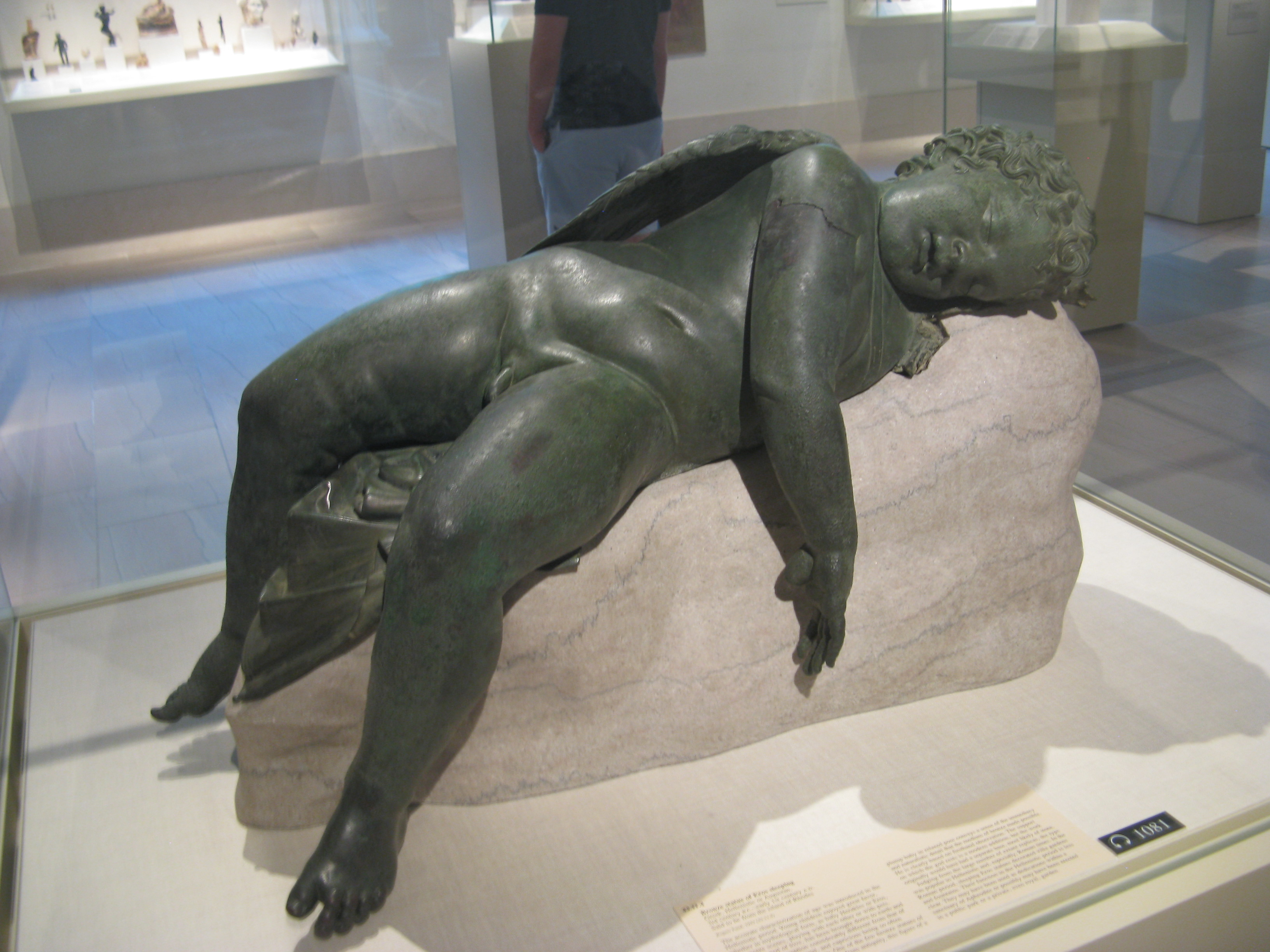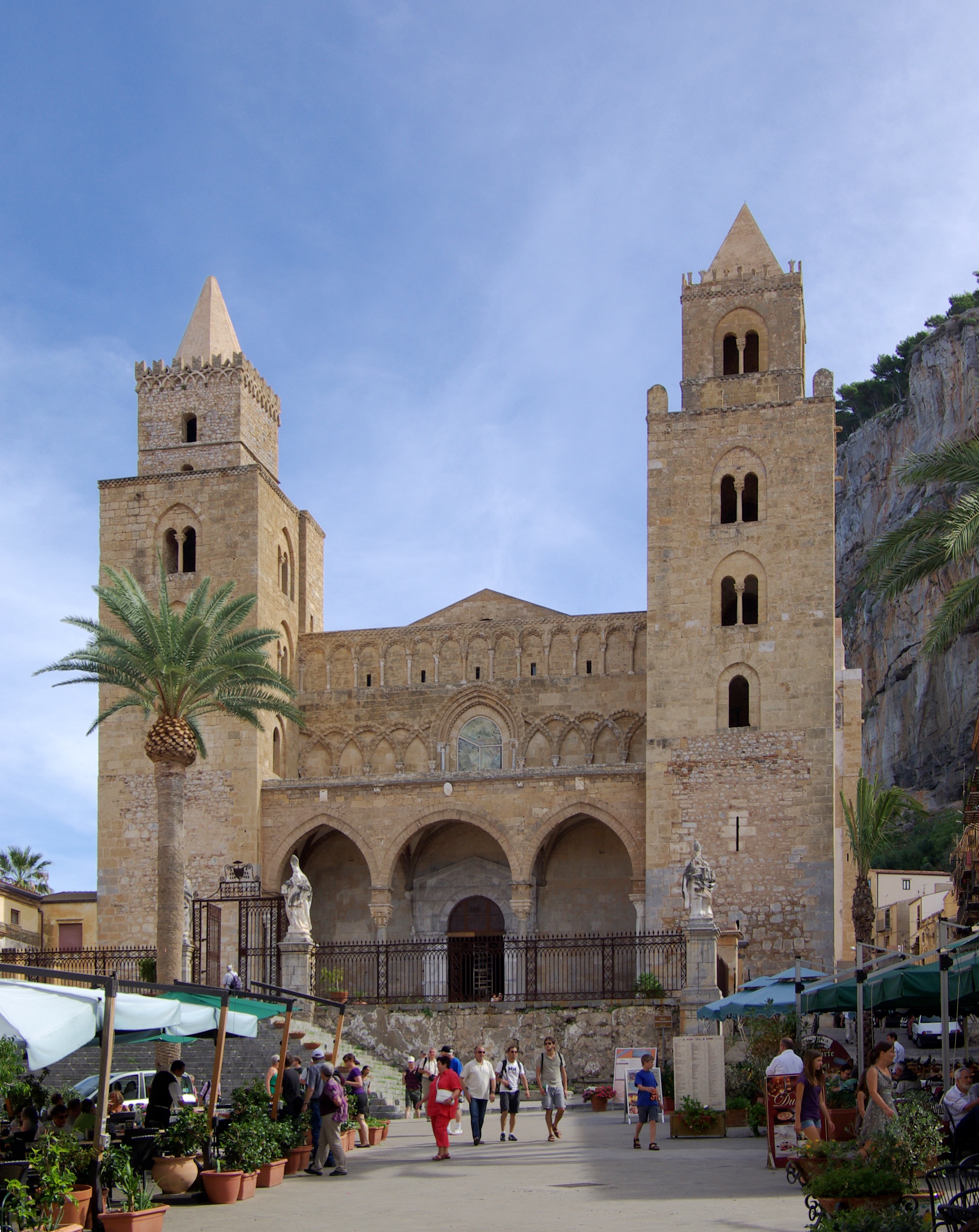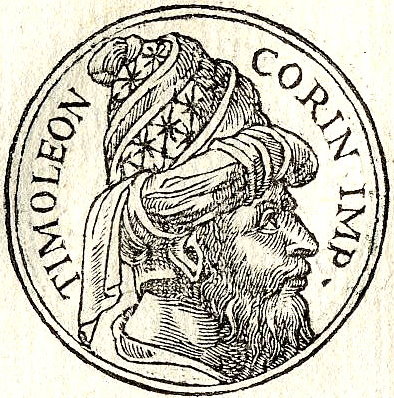|
Engyon
Engyon (Ancient Greek: ; ; in some Byzantine texts of Ptolemy and Plutarch) is an ancient town of the interior of Magna Graecia in Sicily, a Cretan colony, according to Diodorus Siculus and famous for an ancient temple of the Magna Mater (Mother Rhea)''Diodorus of Sicily in Twelve Volumes with an English Translation'' by C. H. Oldfather. Vol. 4. Cambridge, Mass.: Harvard University Press; London: William Heinemann, Ltd. 1889, Note 173, available a accessed 24 June 2015. imported from Crete, which aroused the greed of Verres. It took its name from a spring that arose in the land chosen by the colonists, as explained in the following excerpt from Diodorus: Timoleon attacked the city, while the tyrant Leptines (Ancient Greek: ) was the ruler. After he defeated the Leptines, he restored its autonomy. Its site is uncertain; some topographers have identified it with Gangi, a town 30 km SSE of Cefalù, but only on the ground of the similarity of the two names. Others identify it ... [...More Info...] [...Related Items...] OR: [Wikipedia] [Google] [Baidu] |
Troina
Troina ( Sicilian: ''Traina'') is a ''comune'' (municipality) in the province of Enna, in the Italian region of Sicily. It is located in the Nebrodi Park. It is one of I Borghi più belli d'Italia ("The most beautiful villages of Italy"). History Excavations have proved that the area of Troina was settled as early as the 7th millennium BC (a farm dating from that period, and a later necropolis). Of the Greek town (most likely known as Engyon) parts of the 4th-century-BC walls remain, while from the Roman age are baths. After the fall of the Western Roman Empire it was a Byzantine stronghold and during the Islamic period the religious and moral capital of the Greek and Christian Orthodox part of Sicily; Roger I of Sicily had in its castle (which he captured in 1061) also a start base of his conquest of the island. During World War II, Troina was the site of a battle between the Allies and the Axis forces. The town was mostly destroyed during the six-day fighting (31 Ju ... [...More Info...] [...Related Items...] OR: [Wikipedia] [Google] [Baidu] |
Gangi, Sicily
Gangi is a municipality (''comune'') in the Metropolitan City of Palermo in the Italian region Sicily, located about southeast of Palermo. It is one of I Borghi più belli d'Italia ("The most beautiful villages of Italy"). It has 5,998 inhabitants. Gangi borders the following municipalities: Alimena, Blufi, Bompietro, Calascibetta, Enna, Geraci Siculo, Nicosia, Petralia Soprana, Sperlinga. The town straddles the Madonie mountains of central Sicily. History Gangi's origins have been connected to the ancient Greek city of '' Engyon'', or ''Herbita'', but this theory remains unconfirmed. Traces of Roman presence are instead testified by archaeological excavations under the Abbey of Gangivecchio ("Old Gangi"). (But according to Glenn Storey, Francesca Spatafora and other archeologists and a consolidated historiography, Engio was near Gangi (today c. da Alburchia or c. da Gangivecchio, in Gangi's territory). The current settlement dates to 1300, when it was rebuilt on the Mon ... [...More Info...] [...Related Items...] OR: [Wikipedia] [Google] [Baidu] |
Magna Graecia
Magna Graecia refers to the Greek-speaking areas of southern Italy, encompassing the modern Regions of Italy, Italian regions of Calabria, Apulia, Basilicata, Campania, and Sicily. These regions were Greek colonisation, extensively settled by Greeks beginning in the 8th century BC. Initially founded by their ''metropoleis'' (mother cities), the settlements evolved into independent and powerful Greek city-states (''poleis''). The settlers brought with them Ancient Greece, Hellenic civilization, which over time developed distinct local forms due to both their distance from Greece and the influence of the indigenous peoples of southern Italy. This interaction left a lasting imprint on Italy, including on Ancient Rome, Roman culture. The Greek settlers also influenced native groups such as the Sicels and the Oenotrians, many of whom adopted Greek culture and became Hellenization, Hellenized. In areas like architecture and urban planning, the colonies sometimes surpassed the achievem ... [...More Info...] [...Related Items...] OR: [Wikipedia] [Google] [Baidu] |
Ancient Greek
Ancient Greek (, ; ) includes the forms of the Greek language used in ancient Greece and the classical antiquity, ancient world from around 1500 BC to 300 BC. It is often roughly divided into the following periods: Mycenaean Greek (), Greek Dark Ages, Dark Ages (), the Archaic Greece, Archaic or Homeric Greek, Homeric period (), and the Classical Greece, Classical period (). Ancient Greek was the language of Homer and of fifth-century Athens, fifth-century Athenian historians, playwrights, and Ancient Greek philosophy, philosophers. It has contributed many words to English vocabulary and has been a standard subject of study in educational institutions of the Western world since the Renaissance. This article primarily contains information about the Homeric Greek, Epic and Classical periods of the language, which are the best-attested periods and considered most typical of Ancient Greek. From the Hellenistic period (), Ancient Greek was followed by Koine Greek, which is regar ... [...More Info...] [...Related Items...] OR: [Wikipedia] [Google] [Baidu] |
Verres
Gaius Verres ( 114 – 43 BC) was a Roman magistrate, notorious for his misgovernment of Sicily. His extortion of local farmers and plundering of temples led to his prosecution by Cicero, whose accusations were so devastating that his defence advocate could only recommend that Verres should leave the country. Cicero's prosecution speeches were later published as the In Verrem, ''Verrines''. Biography Gaius Verres was born around 114 BC. Public career During Sulla's civil war, Sulla's Civil War, Verres deserted the government faction of Gaius Marius the Younger, Gaius Marius and Gaius Papirius Carbo (consul 85 BC), Carbo and went over to Sulla. Sulla made him a present of land at Benevento, Beneventum and secured him against punishment for embezzlement. In 80 BC, Verres served on the staff of Gnaeus Cornelius Dolabella (praetor 81 BC), Gnaeus Cornelius Dolabella, governor of Cilicia (Roman province), Cilicia. According to Cicero, the governor and his subordinate both ruthlessly p ... [...More Info...] [...Related Items...] OR: [Wikipedia] [Google] [Baidu] |
Ancient Sicily
The history of Sicily has been influenced by numerous ethnic groups. It has seen Sicily controlled by powers, including Phoenician and Carthaginian, Greek, Roman, Vandal and Ostrogoth, Byzantine, Arab, Norman, Aragonese, Spanish, Austrians, British, but also experiencing important periods of independence, as under the indigenous Sicanians, Elymians, Sicels, the Greek- Siceliotes (in particular Syracuse with its sovereigns), and later as County of Sicily, and Kingdom of Sicily. The Kingdom was founded in 1130 by Roger II, belonging to the Siculo-Norman family of Hauteville. During this period, Sicily was prosperous and politically powerful, becoming one of the wealthiest states in all of Europe. As a result of the dynastic succession, the Kingdom passed into the hands of the Hohenstaufen. At the end of the 13th century, with the War of the Sicilian Vespers between the crowns of Anjou and Aragon, the island passed to the latter. In the following centuries the King ... [...More Info...] [...Related Items...] OR: [Wikipedia] [Google] [Baidu] |
Cefalù
Cefalù (; ), classically known as (), is a city and comune in the Italian Metropolitan City of Palermo, located on the Tyrrhenian coast of Sicily about east of the provincial capital and west of Messina. The town, with its population of just under 14,000, is one of the major tourist attractions in the region. Despite its size, every year it attracts millions of tourists from all parts of Sicily, and also from all over Italy and Europe. It is one of I Borghi più belli d'Italia ("The most beautiful villages of Italy"). Names The city's Sicilian name is . It was named by the Greeks who called it () or (). These were latinised as and . Under Arab rule, it was known as . Under Carthaginian rule, it was known as "Cape Melqart" (, ), after the Tyrian god. History Of Siculian foundation, in the fourth century BC the Greeks gave the indigenous settlement the name of ''Kephaloídion'', evidently derived from its situation on a lofty and precipitous rock, forming a bold hea ... [...More Info...] [...Related Items...] OR: [Wikipedia] [Google] [Baidu] |
Timoleon
Timoleon ( Greek: Τιμολέων), son of Timodemus, of Corinth (–337 BC) was a Greek statesman and general. As a brilliant general, a champion of Greece against Carthage, and a fighter against despotism, he is closely connected with the history of Sicily, especially Syracuse. Early life Timoleon was a member of the Corinthian oligarchy. In the mid 360s BC, Timophanes, the brother of Timoleon, took possession of the acropolis of Corinth and effectively made himself tyrant of the city. In response, Timoleon, who had earlier heroically saved his brother's life in battle, and after repeatedly pleading with him to desist, became involved in the assassination of Timophanes. Most Corinthians approved his conduct as patriotic; however, the tragic occurrence, the actual fratricide, the curses of his mother, and the indignation of some of his fellow citizens, drove him into a self-imposed early withdrawal from politics and civic life for twenty years. Sicily Because of inner s ... [...More Info...] [...Related Items...] OR: [Wikipedia] [Google] [Baidu] |
Cocalus
:'' Cocalus is also a genus of jumping spiders''. In Greek mythology, Cocalus () is a king of Camicus () in the island of Sicily, according to Greek author Diodorus Siculus. Myth After the escape of Daedalus and his son Icarus from King Minos's imprisonment, and the subsequent death of Icarus, Daedalus arrived in Sicily, where he was welcomed by Cocalus. Minos was, however, determined to find Daedalus, and he travelled from city to city offering a challenge: he presented a spiral seashell and asked for it to be strung all the way through. When he reached Camicus, Cocalus, knowing that Daedalus would be able to solve the puzzle, showed it to him. Daedalus tied the thread to an ant, which walked through the seashell, stringing it all the way through. Minos then knew Daedalus was sheltering in the court of Cocalus, and demanded that he be handed over. Cocalus managed to convince him to take a bath first, and then, Daedalus killed Minos with boiling hot water.Apollod. ''Epit.'' 1.13 ... [...More Info...] [...Related Items...] OR: [Wikipedia] [Google] [Baidu] |
Sicani
The Sicani or Sicanians were one of three ancient peoples of Sicily present at the time of Phoenician and Greek colonization. The Sicani dwelt east of the Elymians and west of the Sicels, having, according to Diodorus Siculus, the boundary with the last in the ancient Himera river ( Salso) after a series of battles between these tribes. History The Sicani are the oldest inhabitants of Sicily with a recorded name. In the 5th century BCE, the Greek historian Thucydides, claims that the Sicani originated on the Iberian Peninsula, from around a river they called "Sicanus" and had migrated to Sicily following an invasion by the Ligurians. (The name Sicanus has been linked to the river known in modern Spanish as the Júcar.) Thucydides' source is unknown, although he often draws on the Sicilian historian Antiochus of Syracuse. Conversely, Timaeus of Tauromenium (writing c. 300 BCE) considers the Sicani to be indigenous to Sicily. A third theory, put forward by some modern schola ... [...More Info...] [...Related Items...] OR: [Wikipedia] [Google] [Baidu] |
Minos
Main injector neutrino oscillation search (MINOS) was a particle physics experiment designed to study the phenomena of neutrino oscillations, first discovered by a Super-Kamiokande (Super-K) experiment in 1998. Neutrinos produced by the NuMI ("Neutrinos at Main Injector") beamline at Fermilab near Chicago are observed at two detectors, one very close to where the beam is produced (the ''near detector''), and another much larger detector 735 km away in northern Minnesota (the ''far detector''). The MINOS experiment started detecting neutrinos from the NuMI beam in February 2005. On 30 March 2006, the MINOS collaboration announced that the analysis of the initial data, collected in 2005, is consistent with neutrino oscillations, with the oscillation parameters which are consistent with Super-K measurements. MINOS received the last neutrinos from the NUMI beam line at midnight on 30 April 2012. It was upgraded to MINOS+ which started taking data in 2013. The experiment w ... [...More Info...] [...Related Items...] OR: [Wikipedia] [Google] [Baidu] |
Rhea (mythology)
Rhea or Rheia (; Ancient Greek: Ῥέα or Ῥεία ) is a mother goddess in ancient Greek religion and mythology, the Titan daughter of the earth goddess Gaia and the sky god Uranus, himself a son of Gaia. She is the older sister of Cronus, who was also her consort, and the mother of the five eldest Olympian gods ( Hestia, Demeter, Hera, Poseidon, and Zeus) and Hades, king of the underworld. When Cronus learnt that he was destined to be overthrown by one of his children like his father before him, he swallowed all the children Rhea bore as soon as they were born. When Rhea had her sixth and final child, Zeus, she spirited him away and hid him in Crete, giving Cronus a rock to swallow instead, thus saving her youngest son who would go on to challenge his father's rule and rescue the rest of his siblings. Following Zeus's defeat of Cronus and the rise of the Olympian gods into power, Rhea withdraws from her role as the queen of the gods to become a supporting fig ... [...More Info...] [...Related Items...] OR: [Wikipedia] [Google] [Baidu] |




